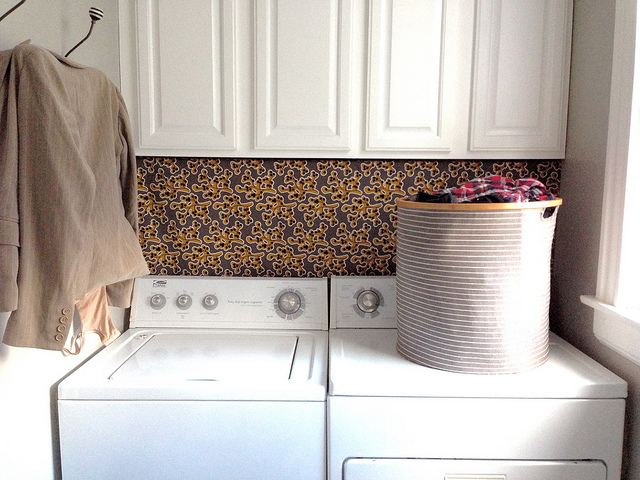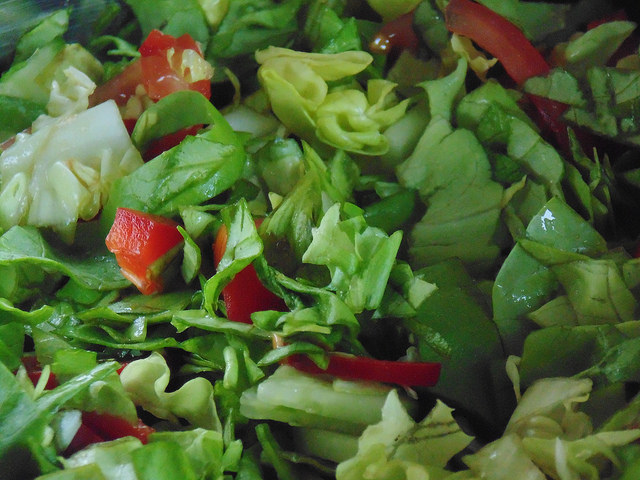Keeping your body hydrated during exercise helps your heart pump blood through your blood vessels to your muscles. It also helps your muscles work more efficiently. Needless to say, it's important to make sure you enough water before, during, and after your workout. Follow these tips on staying hydrated while exercising.
- Keep count. It's important to drink 17 to 20 ounces of water 2 to 3 hours before exercising, 8 ounces 30 minutes before exercising, 7 to 10 ounces every 10 minutes during exercise, and 8 ounces 30 minutes after you exercise.
- Supplement. For your average 60-minute workout, you won’t need anything more than water. If you’re going longer than that, or if it's humid outside, you may need a sports drink to get the extra calories and electrolytes.
- Drink when you feel thirsty. You body is designed to tell you when you need to hydrate, so pay attention to its signals..
Athletes: The Importance of Good Hydration [Family Doctor]
What Should I Drink While Exercising? [The Starting Line]
Staying Hydrated – Staying Healthy [American Heart Association]










 Equal Housing Opportunity
Equal Housing Opportunity